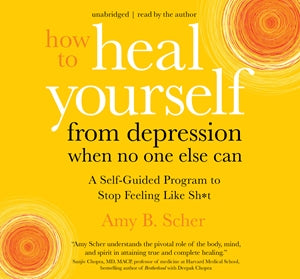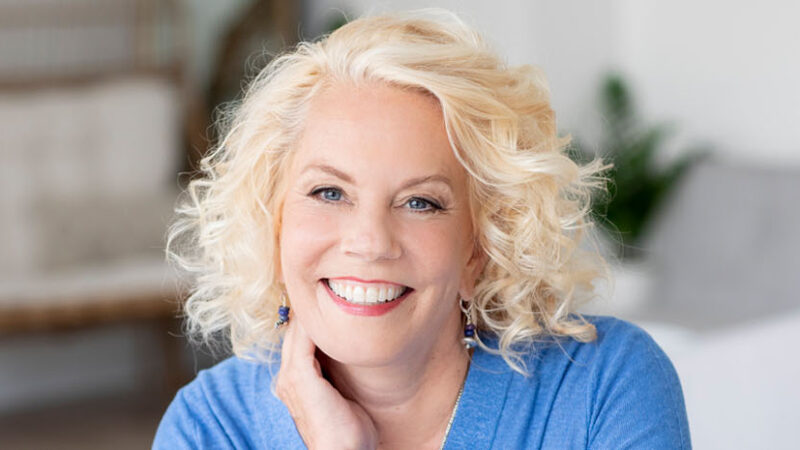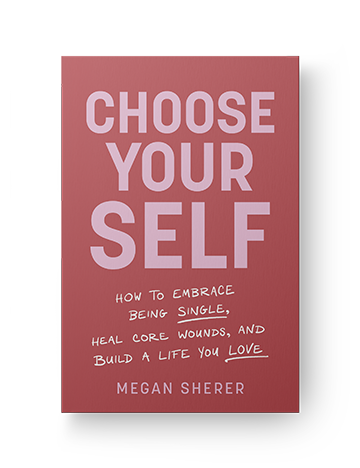If you or someone you know suffers from any form of depression—from feeling exhausted or blue to not being able to get out of bed—I am excited to share something with you that can offer a new approach to this huge challenge facing so many people today. Depression happens on a “spectrum” and can have a huge impact on our daily lives. I see depression as the literal depression of self—a side effect of being buried under the sometimes-overwhelming thing called “life.”
In my latest book, How To Heal Yourself From Depression When No One Else Can, I’m bringing my tried-and-true methods to one of the greatest challenges of our time.
My work has helped thousands of people overcome emotional and physical challenges when nothing else has worked. Today I want to share with you one technique that we use in several different ways together in the new book: The Sweep Technique.
The Sweep Technique is a script that you repeat in order to clear subconscious blocks and beliefs. It can be done by simply reading the script out loud or in your head a few times in a row.
The Sweep Script
Even though I have this _______ (describe what you want to release such as “feeling depressed and fatigued”), I acknowledge it’s no longer working for me.
I give my subconscious full permission to help me clear it, from all of my cells in all of my body, permanently and completely.
I am now free to thank it for serving me in the past.
I am now free to release all resistances to letting it go.
I am now free to release all ideas that I need this in order to stay safe.
I am now free to release all ideas that I need it for any reason.
I am now free to release all feelings that I don’t deserve to release it.
I am now free to release all conscious and subconscious causes for this energy.
I am now free to release all conscious and subconscious reasons for holding on to it.
I am now free to release all harmful patterns, emotions, and memories connected to it.
I am now free to release all generational or past-life energies keeping it stuck.
All of my being is healing and clearing this energy now, including any stress response stored in my cells.
Healing, healing, healing. Clearing, clearing, clearing.
It is now time to install _______ (insert a new, healthy energy such as “the energy of moving forward,” “the feeling of being content,” or “the belief that I can feel better now”).
Installing, installing, installing. Installing, installing, installing. And so it is done.
If you’d like to join me for more healing in the new book, I will walk you through using more of this technique, along with others—to release emotional baggage, reconnect with yourself, and reclaim your joy.
Love,
Amy B. Scher
This originally appeared as an author letter by Amy B. Scher, author of How to Heal Yourself From Depression When No One Else Can: A Self-Guided Program to Stop Feeling Like Sh*t.
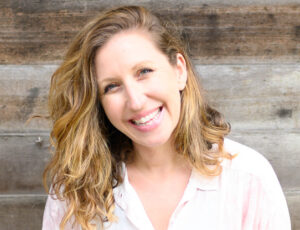
Amy B. Scher is an energy therapist, expert in mind-body healing, and the bestselling author of How to Heal Yourself When No One Else Can and How to Heal Yourself from Anxiety When No One Else Can. She has been featured in the Times of India, CNN, HuffPost, CBS, the Washington Post, Cosmopolitan, the Los Angeles Review of Books, Curve magazine, and San Francisco Book Review. Scher was also named one of the Advocate’s “40 Under 40.” She lives in New York City. For more, visit amybscher.com.
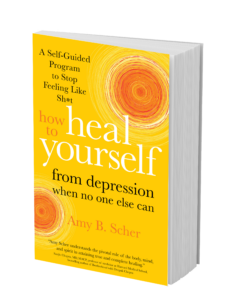
Learn More
Sounds True | Amazon | Barnes & Noble | Indiebound | Bookshop


